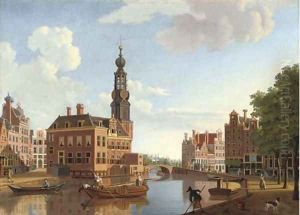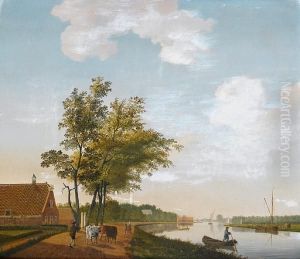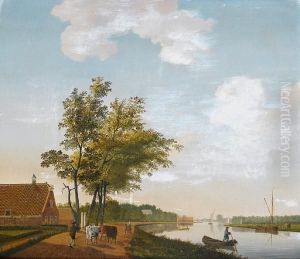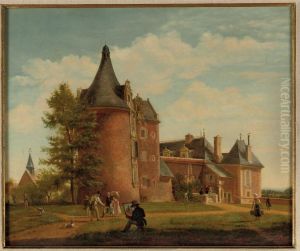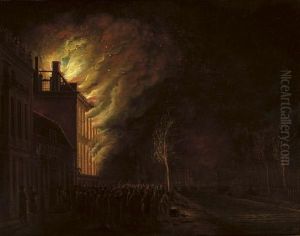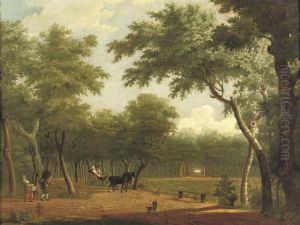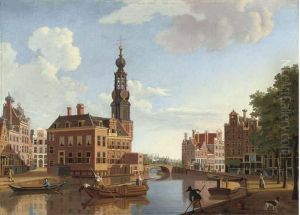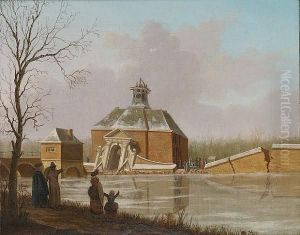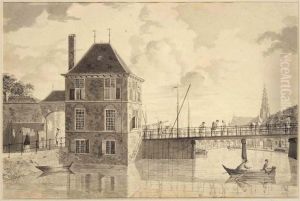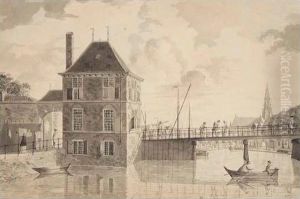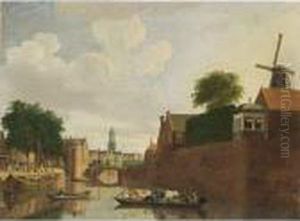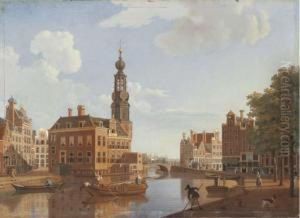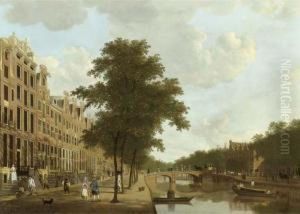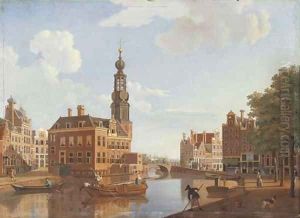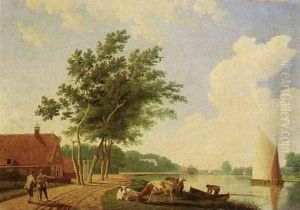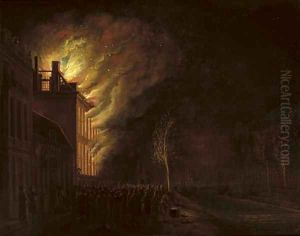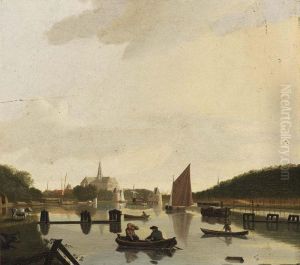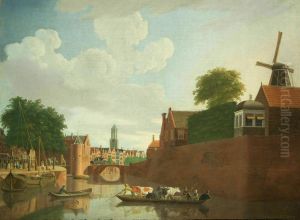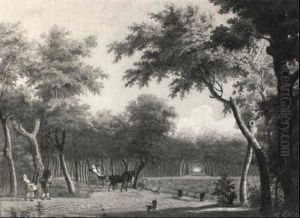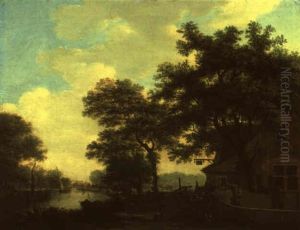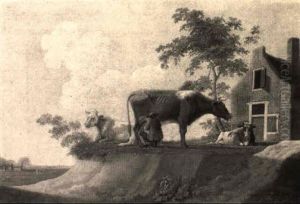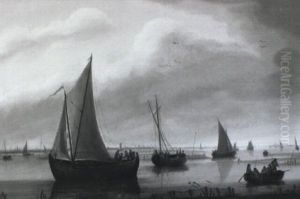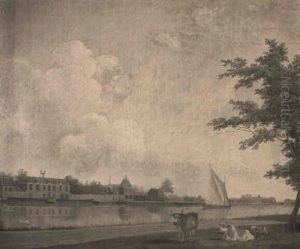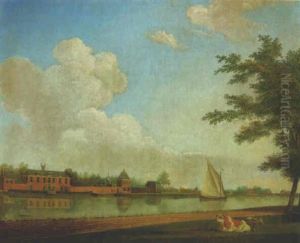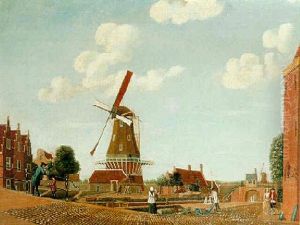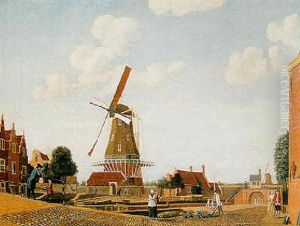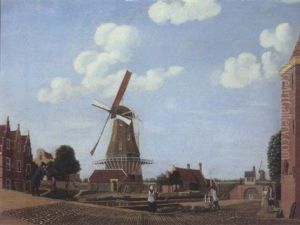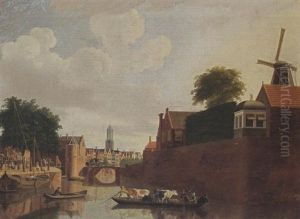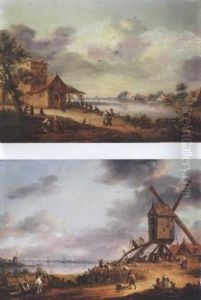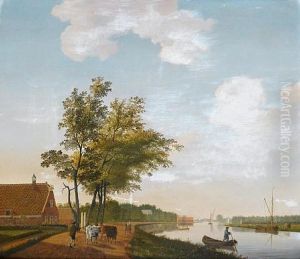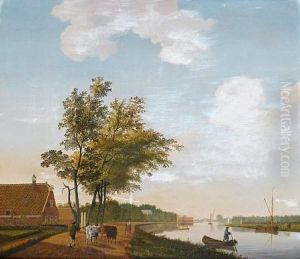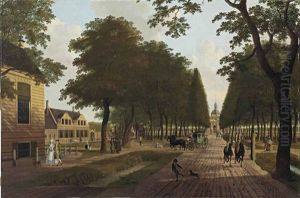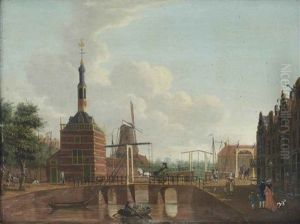Hendrik Keun Paintings
Hendrik Keun was an 18th-century Dutch painter, primarily known for his cityscapes and landscapes that capture the essence of Dutch urban and rural life during his time. Born in 1738, Keun's artistic journey began in the midst of the Dutch Golden Age's twilight years, a period that had witnessed the flourishing of Dutch art, with a particular emphasis on painting. His works, though not as widely recognized as those of his contemporaries, offer a unique perspective on the Dutch landscape and urban environment of the 18th century.
Keun's style can be characterized by his meticulous attention to detail and his adept use of light and shadow, which brought his scenes to life with a remarkable sense of realism. Like many artists of his time, he was influenced by the works of earlier Dutch masters, incorporating their techniques into his own while also injecting a sense of personal vision and interpretation of the Dutch ethos.
Despite the richness of his contributions to the art world, detailed records of Keun's life are somewhat scarce, and much of what is known about him comes from the study of his surviving works and the few historical documents that mention his career. His paintings, however, suggest that he had a profound appreciation for the everyday beauty of his homeland, capturing its canals, streets, and countryside with a loving precision.
Hendrik Keun passed away in 1781, leaving behind a modest but significant body of work that continues to be studied for its insights into 18th-century Dutch culture and artistry. Although he may not have achieved the fame of some of his contemporaries, his paintings remain valued for their historical importance and their aesthetic appeal, offering a window into the world of the Netherlands over two centuries ago.
